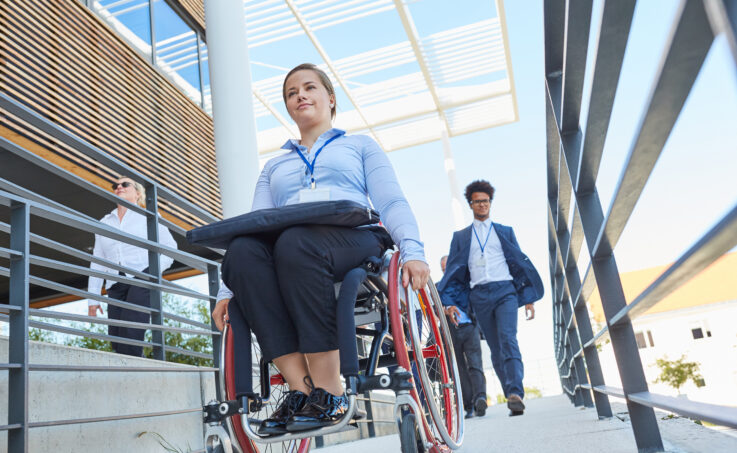Mental Health Commission of Canada
The Mental Health Commission of Canada (MHCC) leads the development and dissemination of innovative programs and tools to support the mental health and wellness of Canadians. Through its unique mandate from the Government of Canada, the MHC supports federal, provincial, and territorial governments as well as organizations in the implementation of sound public policy.
MHCC National Standard of Canada for Psychological Health and Safety in the Workplace (the Standard) – the first of its kind in the world, is a set of voluntary guidelines, tools and resources intended to guide organizations in promoting mental health and preventing psychological harm at work. Launched in January 2013, it has garnered uptake from coast to coast, internationally and across organizations of all sectors and sizes.
Mental Health First (MHFA), is the help provided to a person developing a mental health problem pr experiencing a mental health crisis. Just as physical first aid is administered to an injured person before medical treatment can be obtained, MHFA is given until appropriate treatment is found or until the crisis is resolved.
The MHFA Canada program aims to improve mental health literacy and provide the skills and knowledge to help people better manage potential or developing mental health problems in themselves, a family member, a friend or a colleague.
Ontario Shores – Self-Help Resources and Additional Supports
Ontario Shores Centre for Mental Health Sciences (Ontario Shores) provides pages for more support groups, information and tools related to a variety of Mental health topics.
Conference Board of Canada – Healthy Brains at Work: Estimating the Impact of Workplace Mental Health Benefits and Programs
Third briefing in a four-part research series – Healthy Brains at Work – Presents an estimate of the potential impact on the economy if effective mental health benefits and workplace programs were enhanced in Canada.
Conference Board of Canada – The Role of Employers in Addressing Mental Health at Work (Infographic)
Canadian Centre for Occupational Health and Safety: Podcasts
CCOHS produces free monthly podcasts on a wide variety of topics related to workplace health and safety. Each episode is designed to keep employers current with information, tips and insights into the health, safety and wellbeing of working Canadians. Podcasts include topics on mental health and workplace wellness.
Mental Health Works
Helps organizations manage their duty to accommodate employees experiencing mental disabilities in the workplace. This guide provides valuable information and resources that will assist employers to find the right accommodation solutions for their employees.
ConnexOntario
A free and confidential hotline that provides comprehensive information about mental health issues, services and supports in Ontario.


